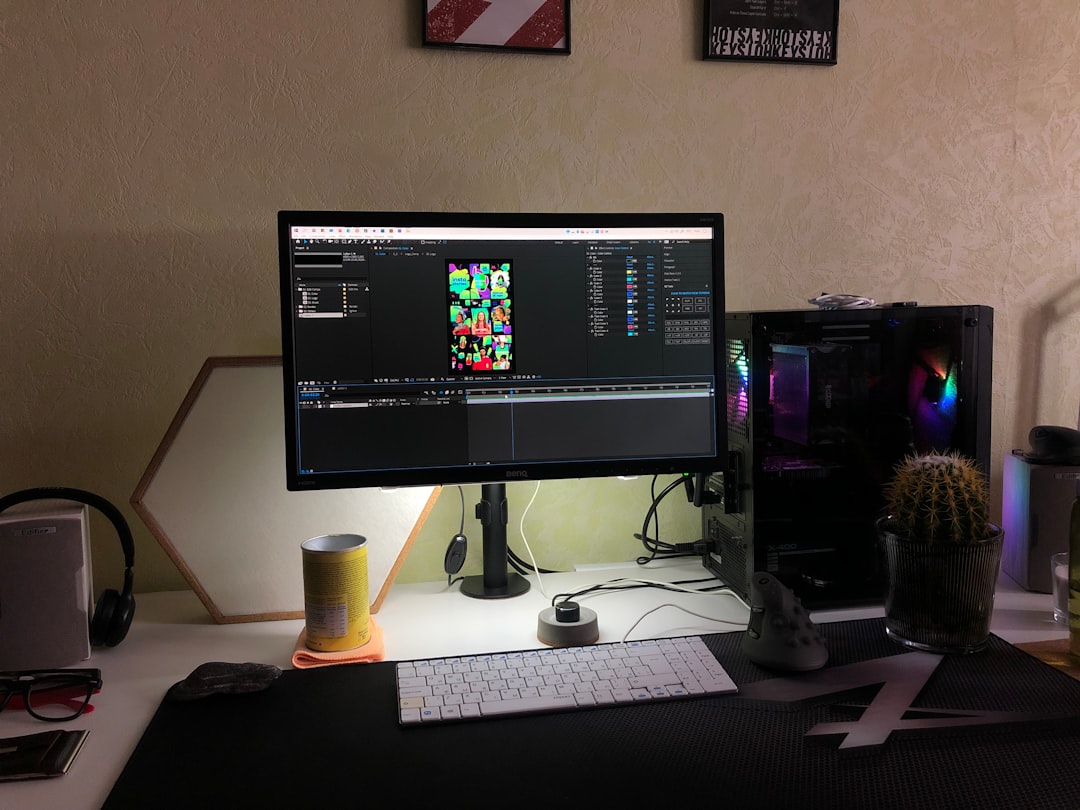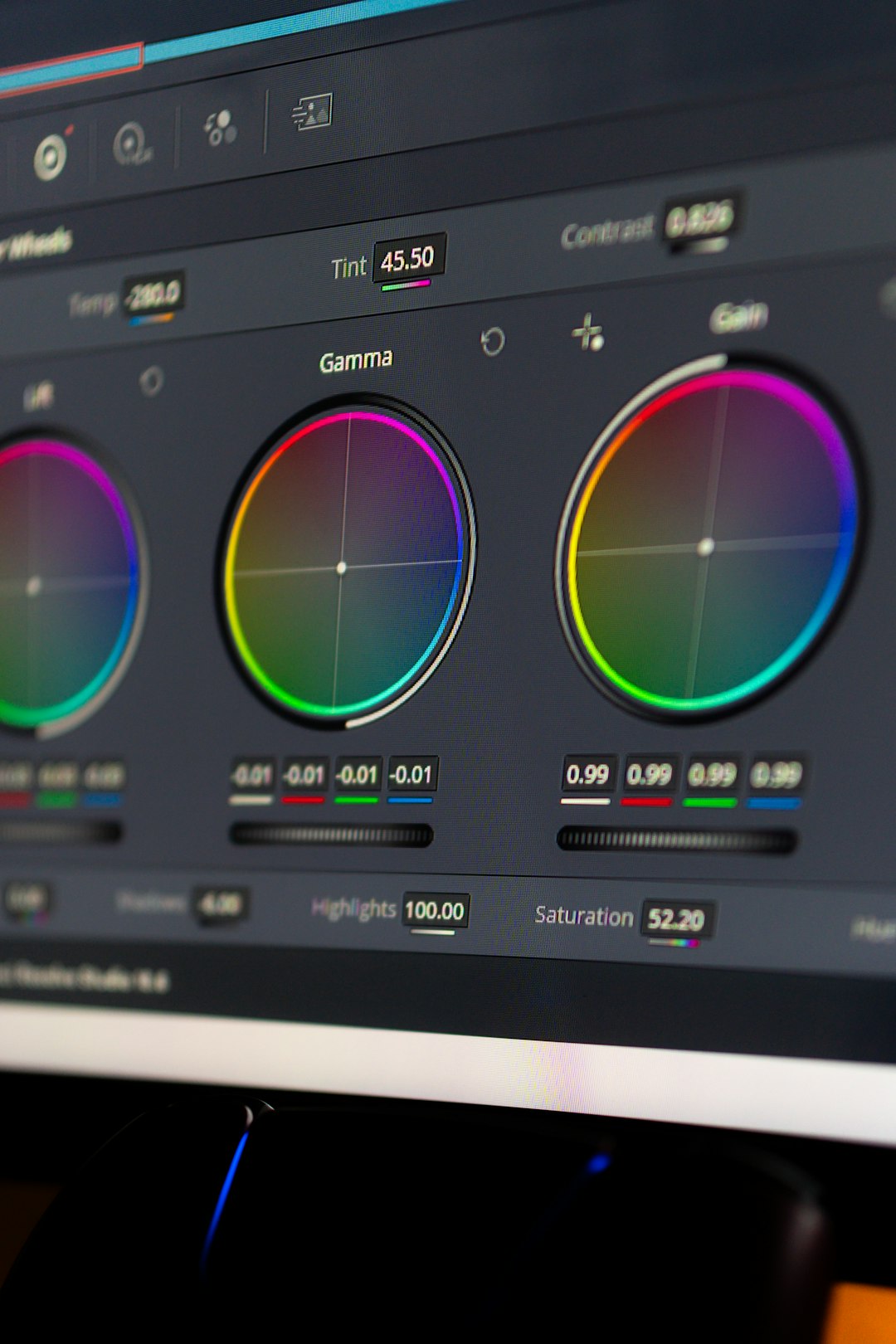With photo editing continuing to evolve in capabilities and complexity, the need for more accurate and higher-quality displays has increased considerably. As of 2025, both HDR (High Dynamic Range) and SDR (Standard Dynamic Range) monitors are widely available options for creative professionals. But when it comes to photo editing specifically, does HDR deliver a real advantage over SDR, and which type of monitor truly makes sense for today’s editors?
Understanding HDR and SDR
At its core, the difference between HDR and SDR lies in the range of brightness and color each can display. SDR monitors support a limited range of colors and brightness levels, usually peaking around 300 nits. HDR monitors, on the other hand, are capable of reaching brightness levels of 1000 nits or more, and offer a wider color gamut such as DCI-P3, which supports more vivid and lifelike imagery.
For photo editors, this means HDR monitors can theoretically show a greater range of shadow and highlight detail, as well as more accurate colors — if the software and editing workflow are compatible with HDR output.
Popularity of HDR in 2025
In 2025, HDR monitors have become more accessible and affordable than ever. Advancements in OLED, Mini-LED, and QD-OLED technology have allowed professional-grade HDR displays to enter the sub-$1000 market. This wider availability raises the question: is it finally time to switch to HDR for photo editing?

Many photographers were initially slow to adopt HDR due to compatibility issues, lack of HDR support in common applications, or simply unfamiliarity with HDR workflows. Today, however, software like Adobe Lightroom, Photoshop, and Capture One support higher bit-depth workflows and basic HDR previews, allowing more users to take advantage of display-quality improvements.
HDR Benefits for Photo Editing
- Superior brightness & contrast: HDR displays can reproduce much brighter highlights and deeper blacks, giving photo editors a more dynamic and lifelike canvas to work with.
- Wider color gamut: With support for broader color standards like Rec. 2020 and DCI-P3, HDR monitors can show more hues and shade variations — key for accurate color grading and stylized edits.
- More information retained: When editing RAW files, which contain a vast range of brightness values, HDR displays allow editors to see highlights and shadows that might clip or get lost on an SDR screen.
All of these benefits can lead to finer tuning, more creative control, and higher image fidelity when the final output is also viewed in HDR-compatible environments — such as modern mobile phones, TVs, and web platforms like YouTube or HDR-enabled portfolios.
Where SDR Still Shines
Despite these strengths, SDR hasn’t become obsolete, and for many editors, it still makes more sense depending on the workflow and target medium. SDR monitors are often:
- More consistent: SDR displays have mature calibration tools and standards. This makes them highly predictable when it comes to printing or displaying on traditional digital platforms such as websites or social media.
- Less hardware intensive: To handle HDR correctly, you need not only a capable monitor but also a GPU that supports it, cables with proper bandwidth like HDMI 2.1 or DisplayPort 1.4, and correctly configured OS settings.
- Cheaper: High-end SDR monitors still offer excellent color reproduction, factory calibration, and wide viewing angles — often at a lower cost than equivalent HDR offerings.

Moreover, many photographers create work for print, which doesn’t benefit from HDR’s range since printers are bound by more limited color and brightness gamuts. In such cases, an accurate SDR monitor with precise calibration remains a smart investment.
HDR Workflows and Considerations
If you’re considering moving into HDR for photo editing in 2025, it’s critical to ensure your workflow supports it. Things to watch out for include:
- HDR Color Management: Some apps struggle with color-accurate HDR previews without proper settings. Using compatible software like Adobe Photoshop 2024+ or DaVinci Resolve helps ensure accuracy.
- Operating System Compatibility: Windows and macOS now support HDR at the OS level, but settings must be correctly managed. For example, Windows users should match SDR content brightness sliders accurately while Mac M-series displays auto-adjust tone mapping.
- Calibration Tools: HDR monitors still require calibration. Tools like Calibrite’s Display Plus HL or X-Rite’s higher-luminance hardware are designed to handle the high brightness and wide gamut of HDR displays.
What Monitors Make Sense in 2025?
Given the current landscape, which monitor type fits your needs depends on your specific use case. Here’s a breakdown:
Best Use Cases for HDR Monitors
- Professional photographers working with HDR output (e.g., clients expecting images for high-dynamic-range displays)
- Editors involved in hybrid photo/video workflows where HDR footage is part of the pipeline
- Artists seeking future-proof equipment and the most accurate representation of highlights and shadows
Best Use Cases for SDR Monitors
- Photographers primarily focused on print work
- Social media creators targeting platforms that clip HDR detail or do not support it
- Users on a budget who need top-tier color accuracy without needing high peak brightness
In practical terms, many professionals are opting for dual-monitor setups. A high-end HDR panel might be used for critical grading and highlight evaluation, while an SDR monitor provides a calibrated, consistent edit preview.
Conclusion: HDR or SDR?
The HDR vs. SDR debate in 2025 doesn’t have a one-size-fits-all answer. HDR provides stunning image clarity, dynamic brightness, and fantastic color accuracy — but only if your full workflow supports it. SDR remains dependable, mature, and completely viable for the majority of photographers, especially those publishing in conventional formats like print or web.
The key lies in understanding your target medium, your workflow demands, and the investment you’re willing to make. Whether you stick with a robust SDR monitor or invest in an HDR-capable display, choosing a high-quality screen that offers great uniformity, color fidelity, and long-term support is what truly matters.
Frequently Asked Questions (FAQ)
-
Q: Is HDR essential for photo editing in 2025?
A: It is not essential, but it can be beneficial if your workflow targets HDR-capable platforms or high-end editorial work. SDR is still widely used and suitable for most purposes. -
Q: What is the minimum brightness recommended for HDR photo editing monitors?
A: Preferably 600 nits or higher, with 1000 nits being ideal for more accurate highlight reproduction. -
Q: Can I use an HDR monitor for SDR editing?
A: Yes, but be sure the monitor handles SDR tone mapping properly. Some HDR monitors offer excellent SDR modes as well. -
Q: Do Lightroom and Photoshop support HDR editing?
A: As of 2025, both support HDR previews and 10-bit workflows on HDR-compatible systems, though HDR export workflows are still limited. -
Q: What monitor brands are leading in HDR for photo editing?
A: Brands like Eizo, Apple (Pro Display XDR), and ASUS ProArt offer top-tier HDR monitors tailored for creative work.
I’m Sophia, a front-end developer with a passion for JavaScript frameworks. I enjoy sharing tips and tricks for modern web development.
